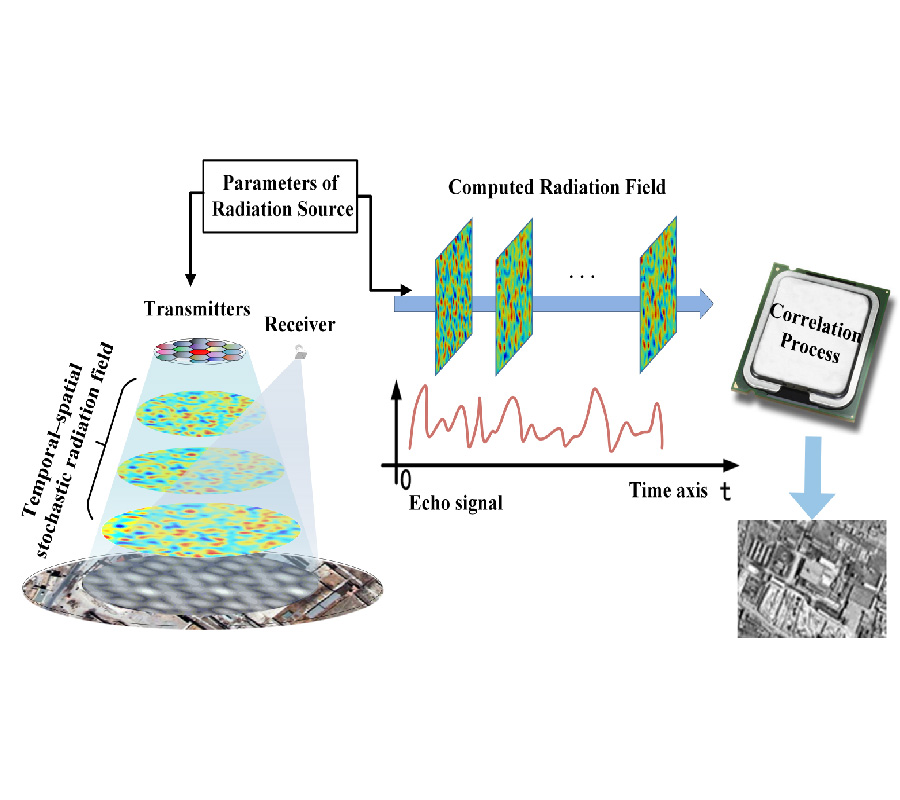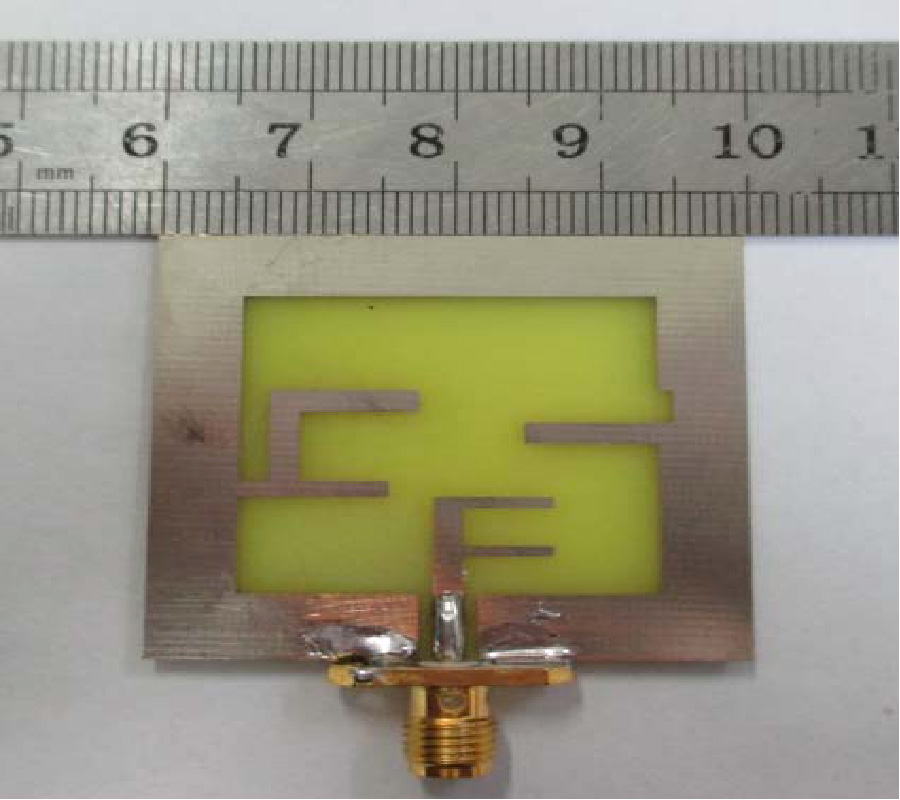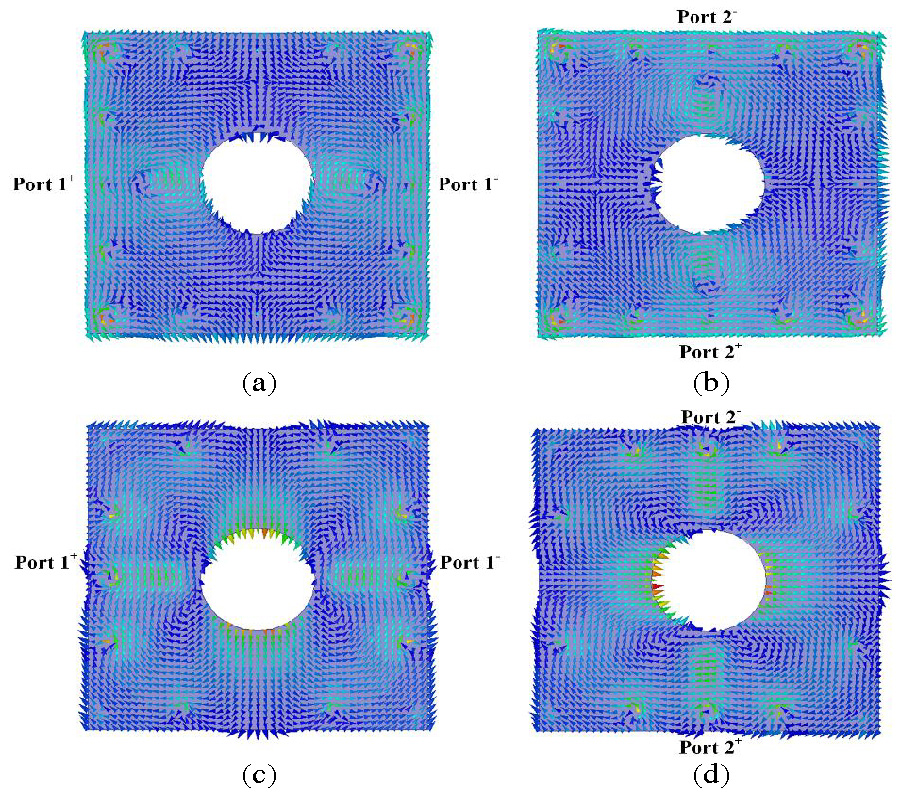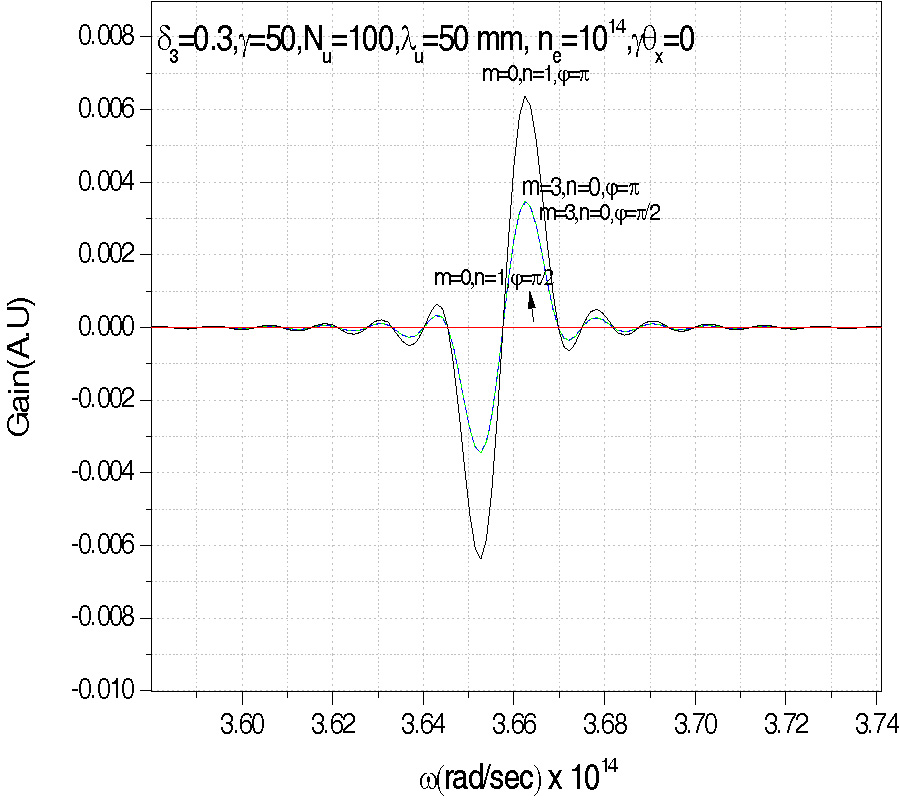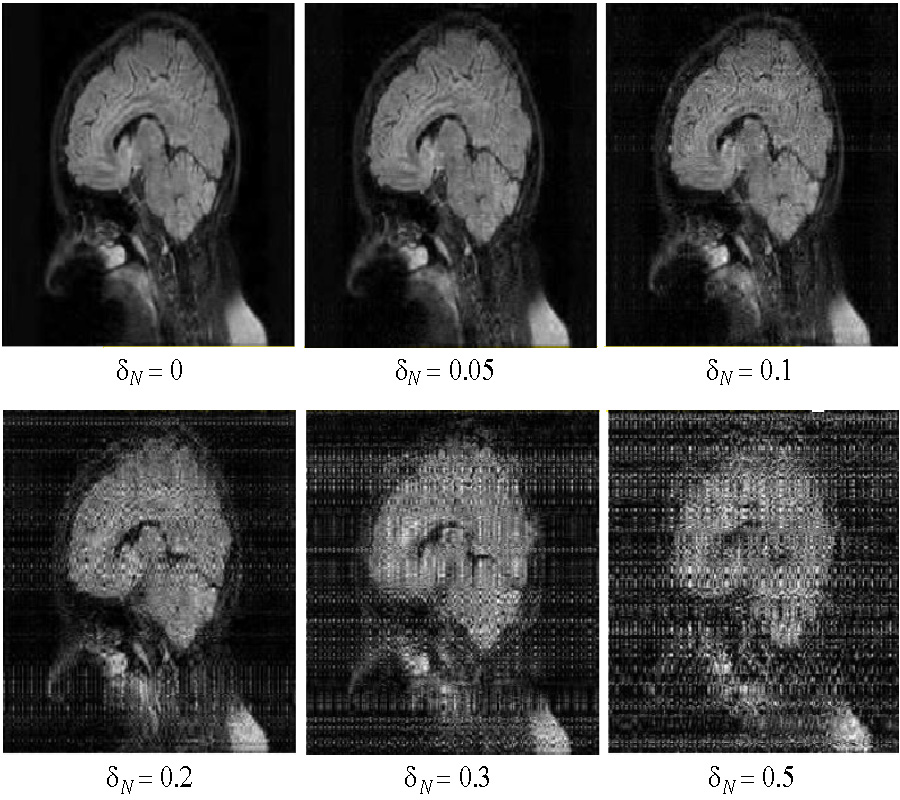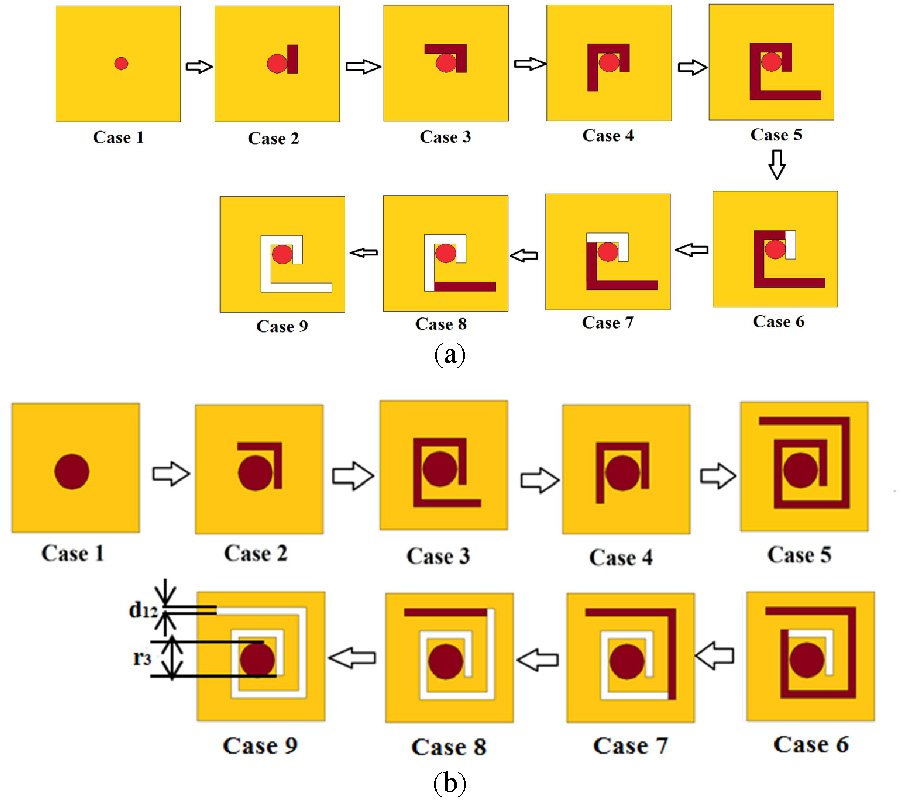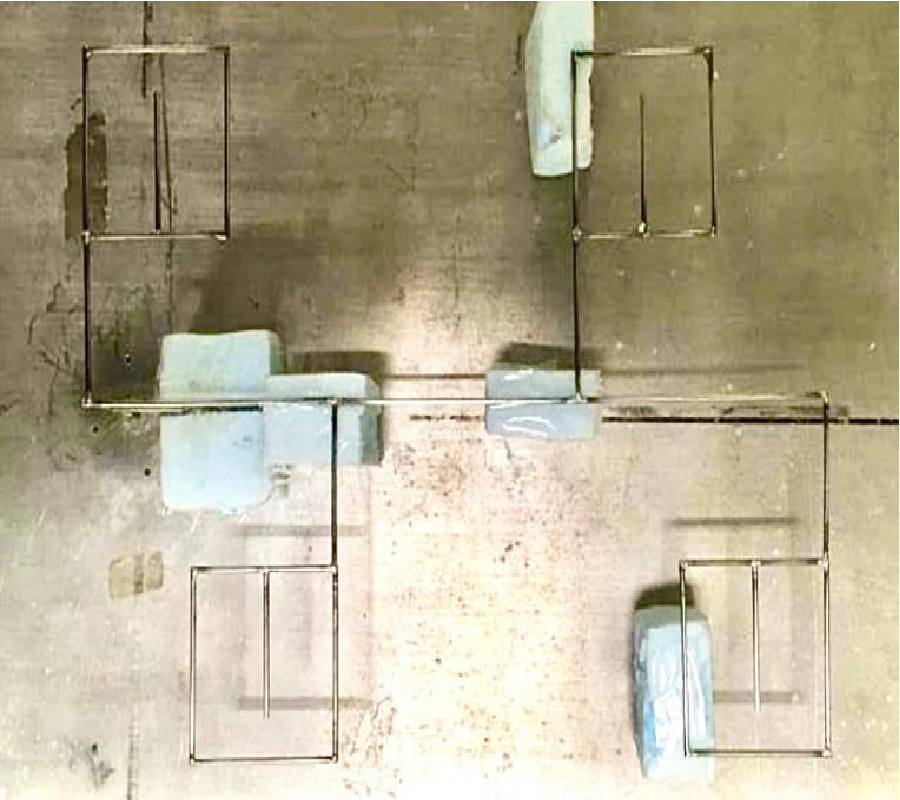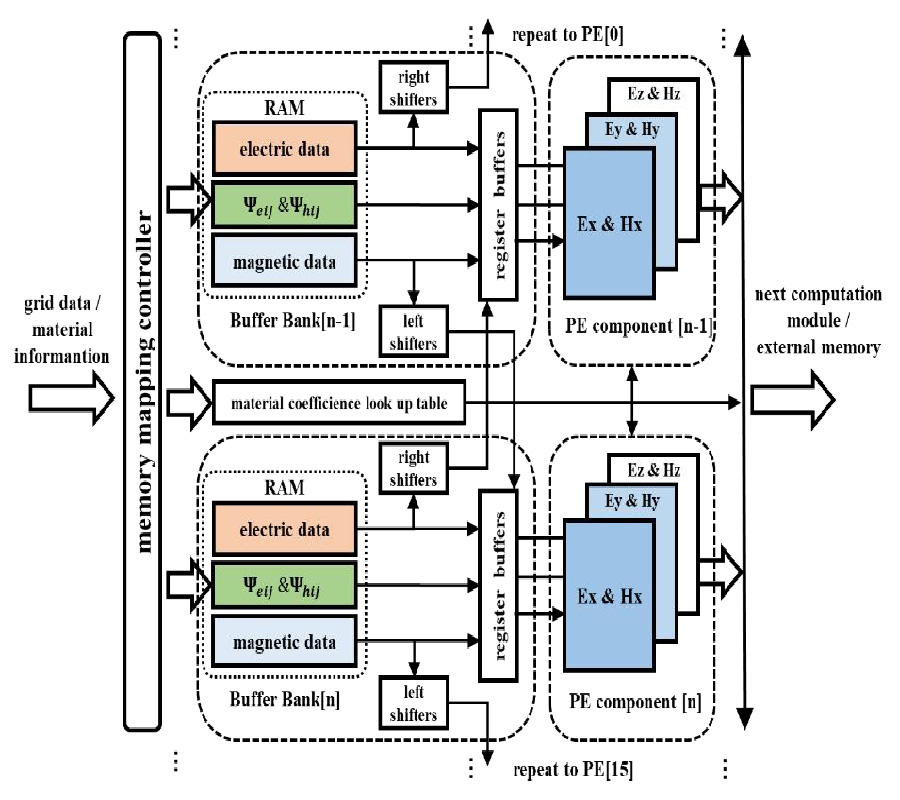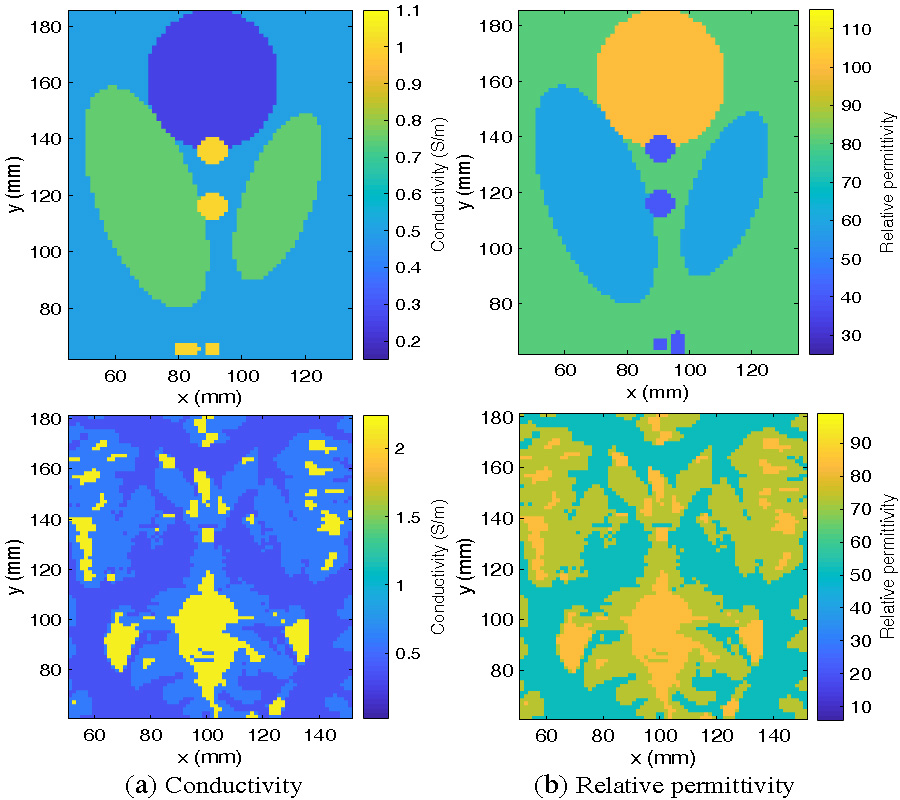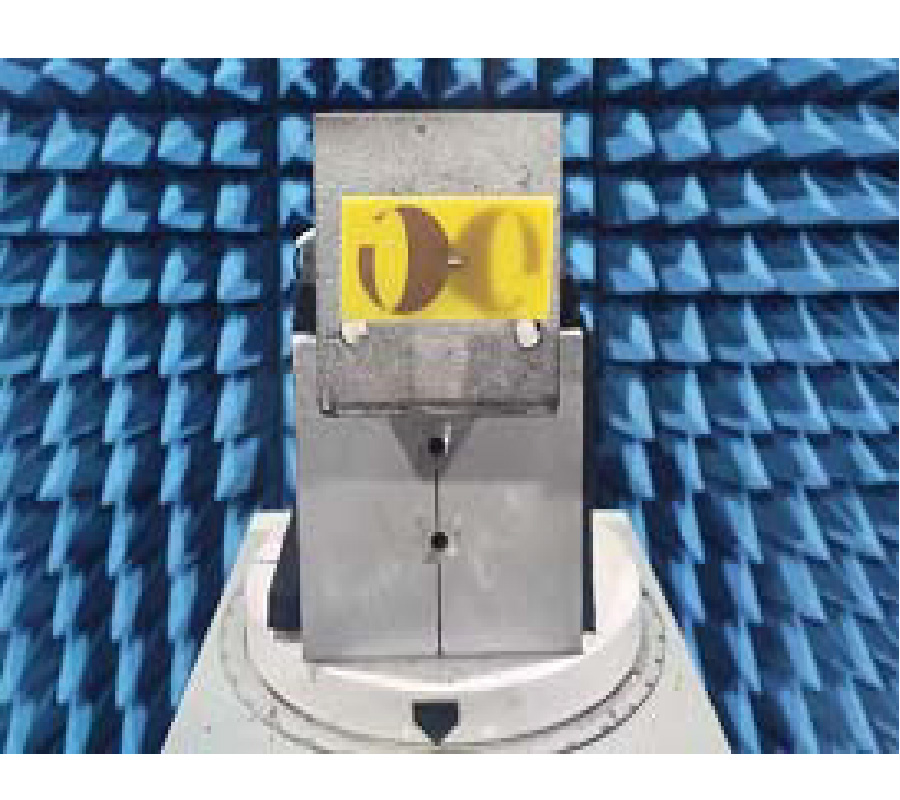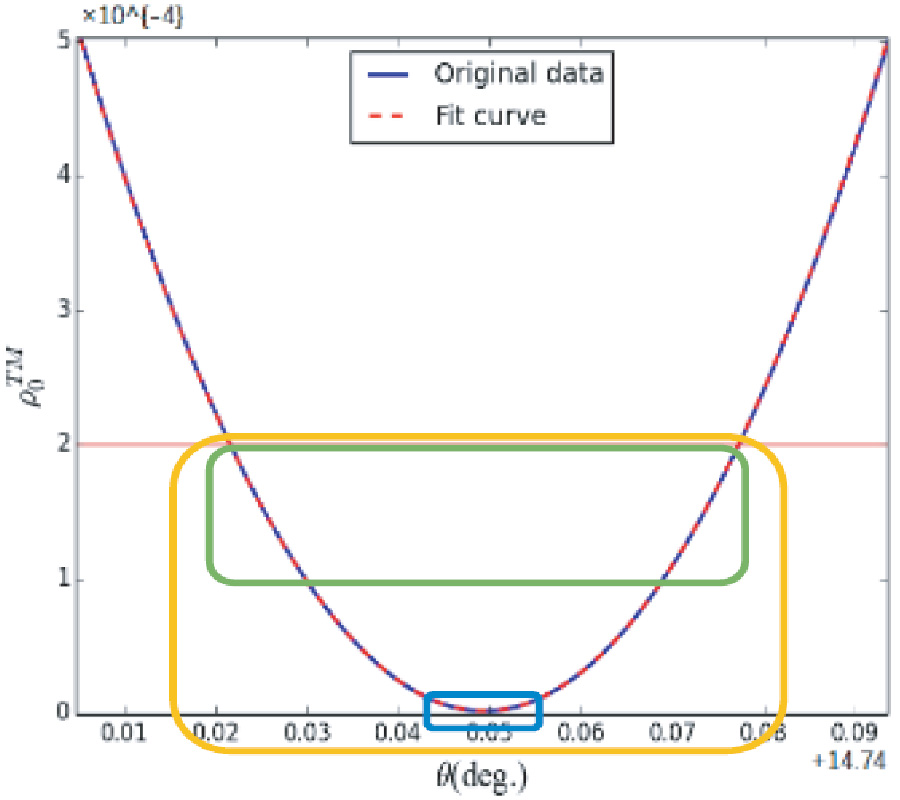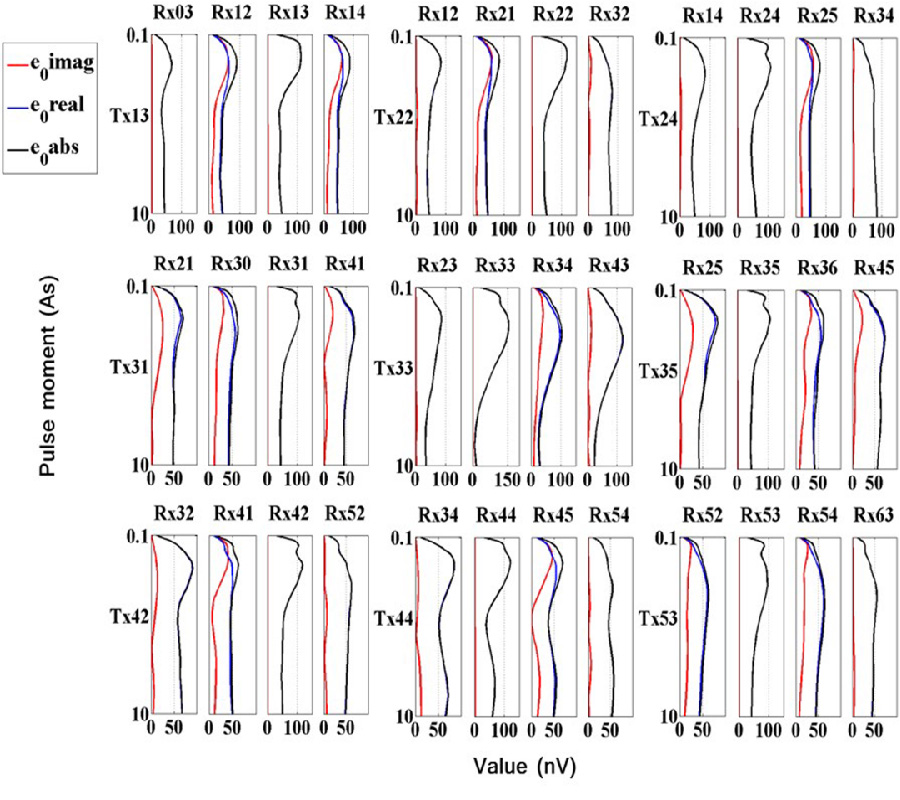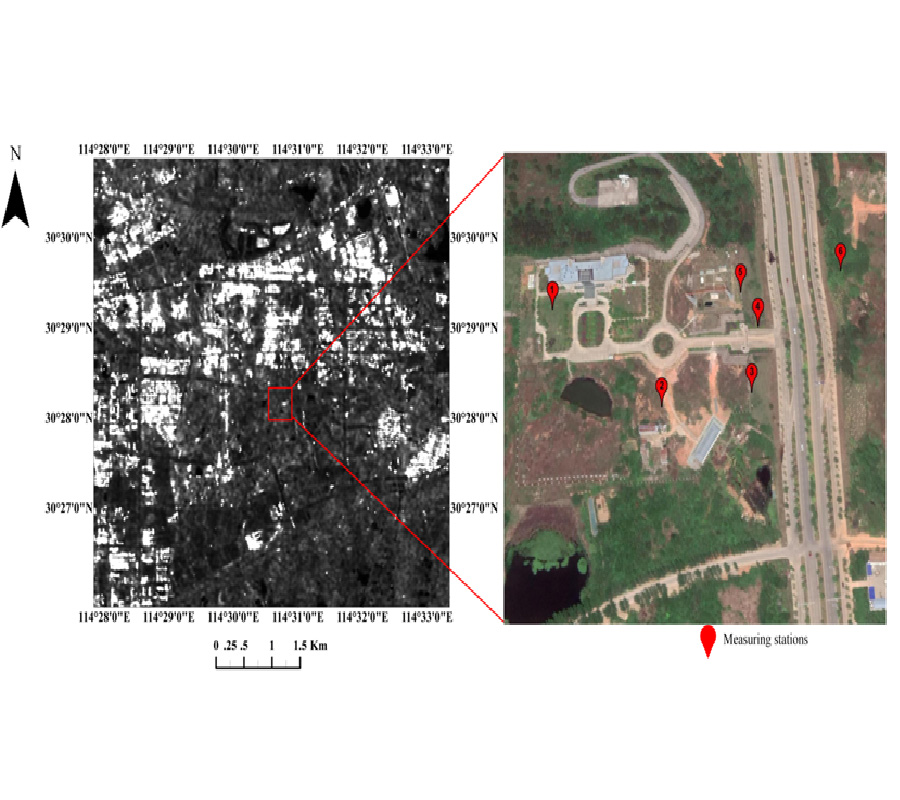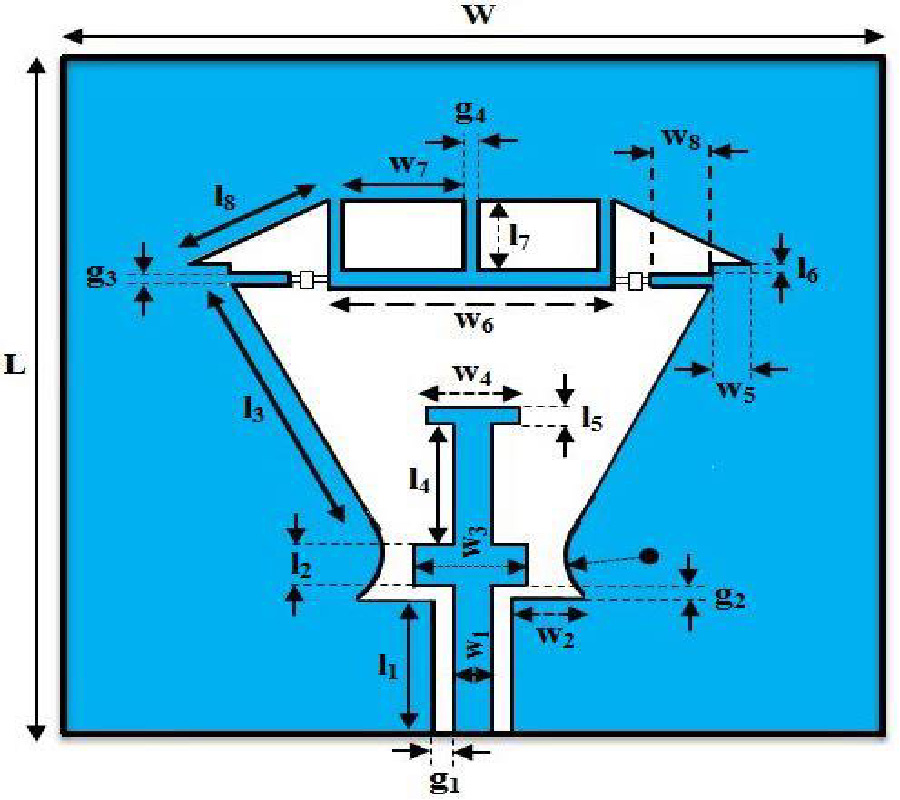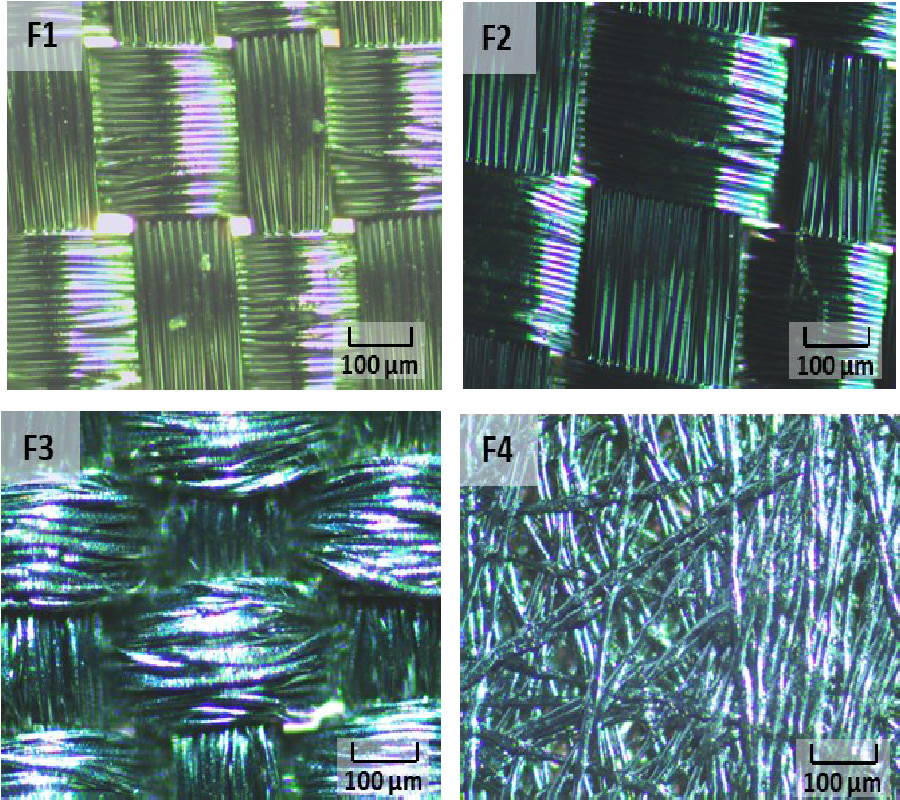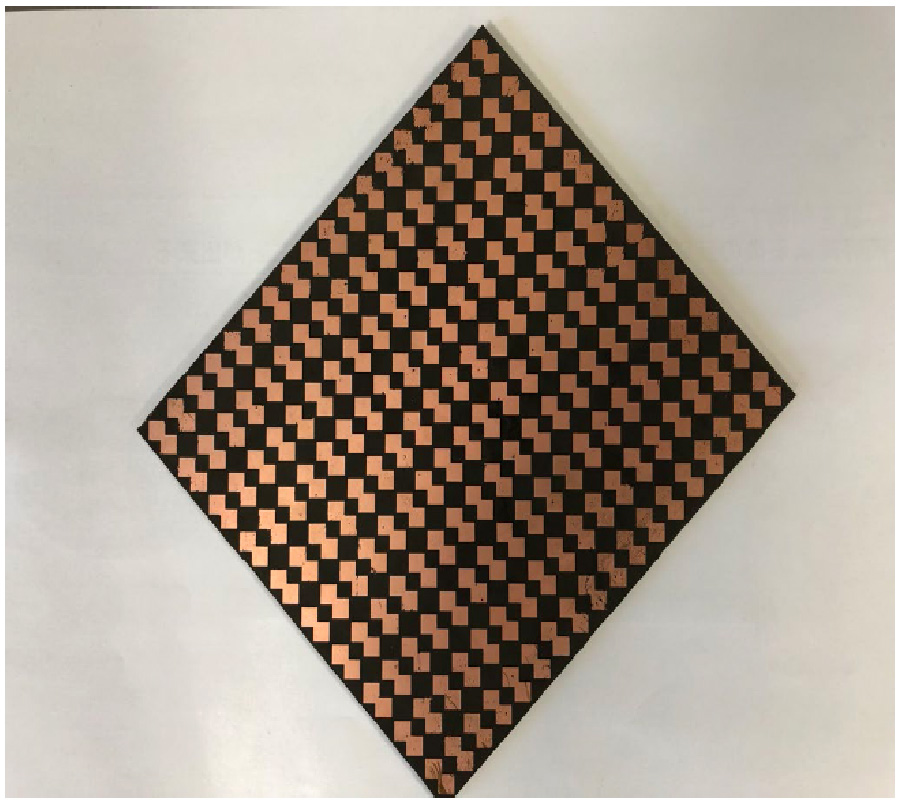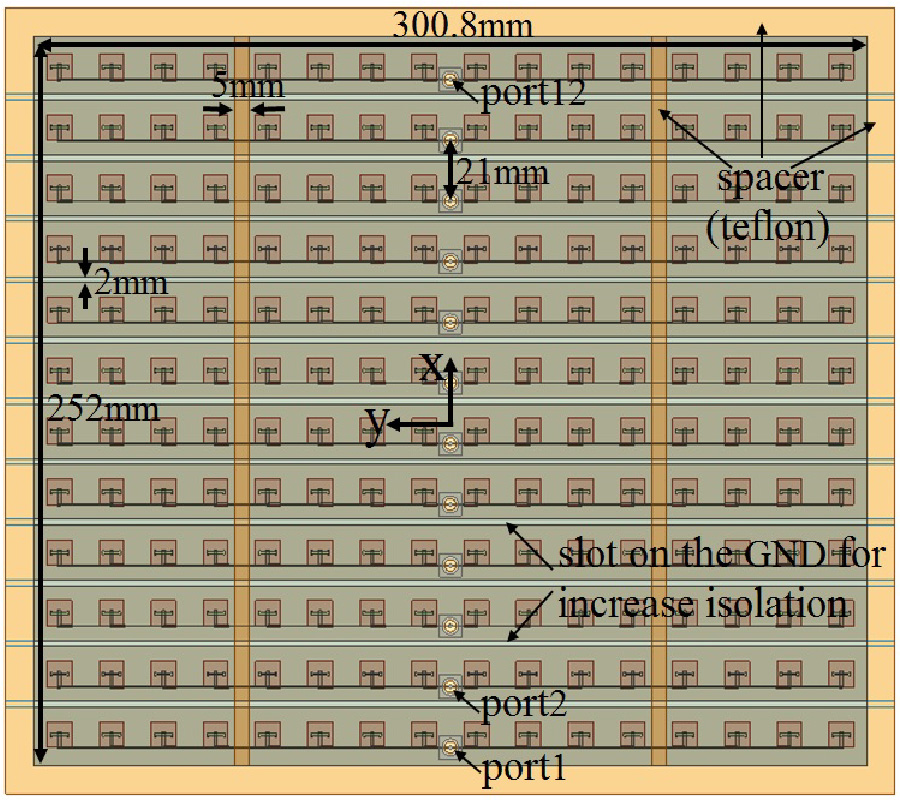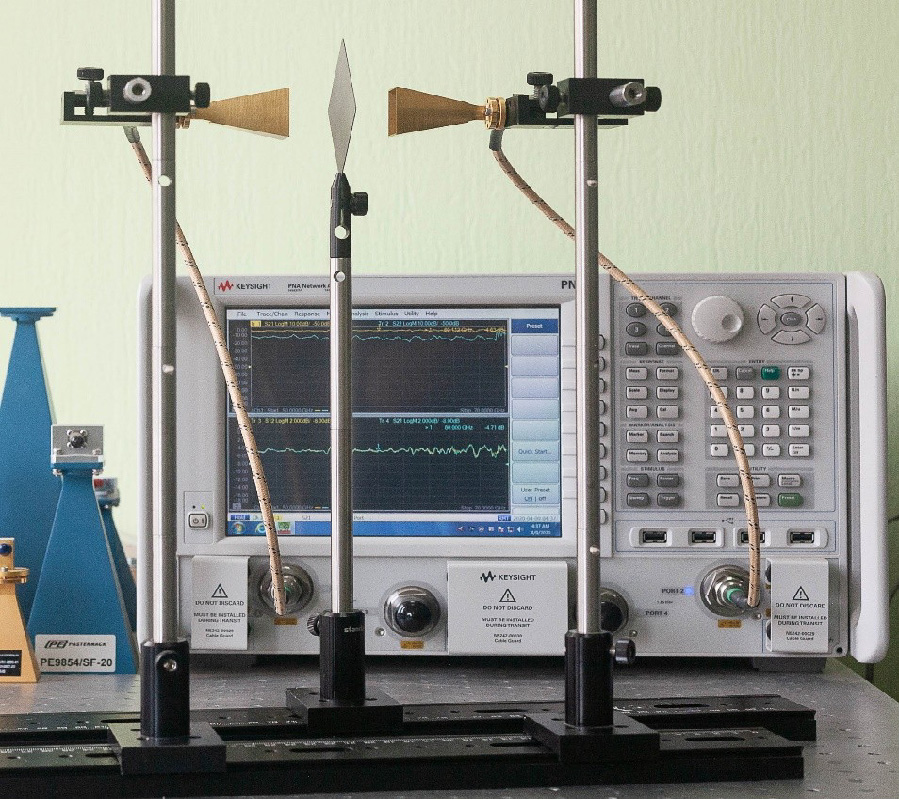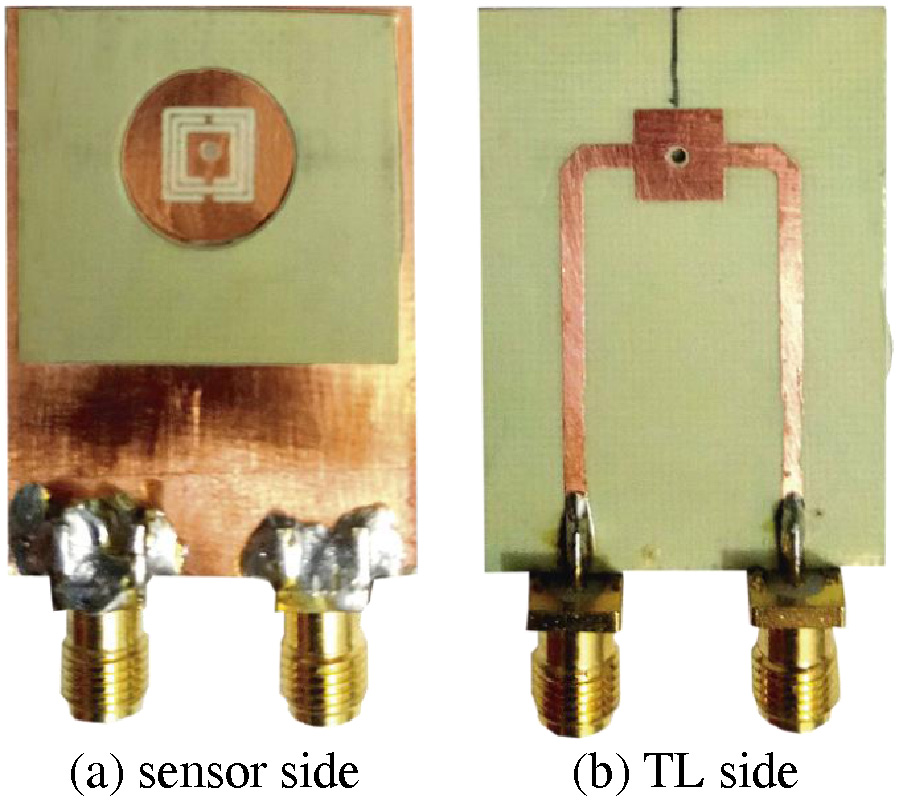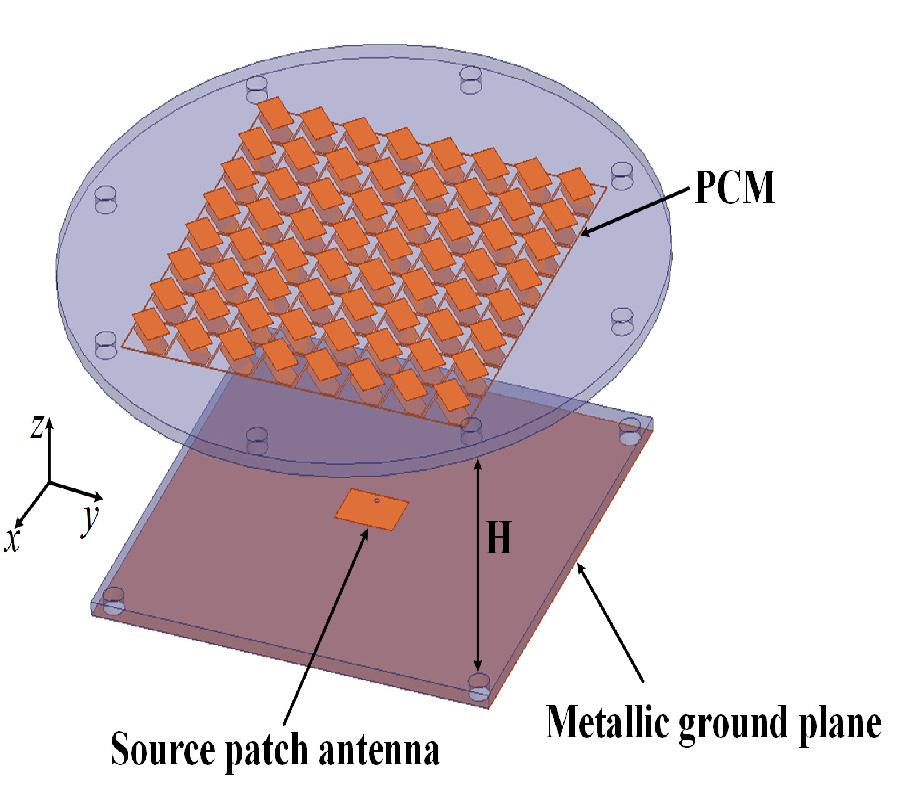Surface Crack Detection in Pipelines Using CSRR Microwave Based Sensor
Euclides Lourenço Chuma,
Yuzo Iano,
Sergio Barcelos,
Luis Ernesto Ynoquio Herrera,
Laez Barbosa da Fonseca Filho and
Rodolfo Cruz
This article presents a metamaterial-based microwave sensitive sensor with a complementary split-ring resonator (CSRR) structure for nondestructive surface crack detection in pipelines. The CSRR resonator is etched in the ground plane of a microstrip line and is produced using printed circuit board technology. The novelty of the proposed sensor is its structure that allows it to be directly used for nondestructive crack detection in pipelines, based on frequency and Q factor variations, even for cracks under a coating. A measurement setup was used to test the proposed sensor in pipelines of different materials: steel, PVC, and aluminum. The sensor could detect cracks of 1 mm. For a crack of 1 mm, the frequency shift was 6.10 MHz in steel, 2.62 MHz in polyvinyl chloride (PVC), and 1.70 MHz in aluminum. In some conditions, the Q-factor shift measurements were 6.72, 5.18, and 7.15 for steel, PVC, and aluminum, respectively. The proposed sensor features high sensitivity, small dimension, simple design, and easy fabrication.
